Dave Davies: my 10 tips for guitarists
The Kinks man ponders trust, technology and the importance of style
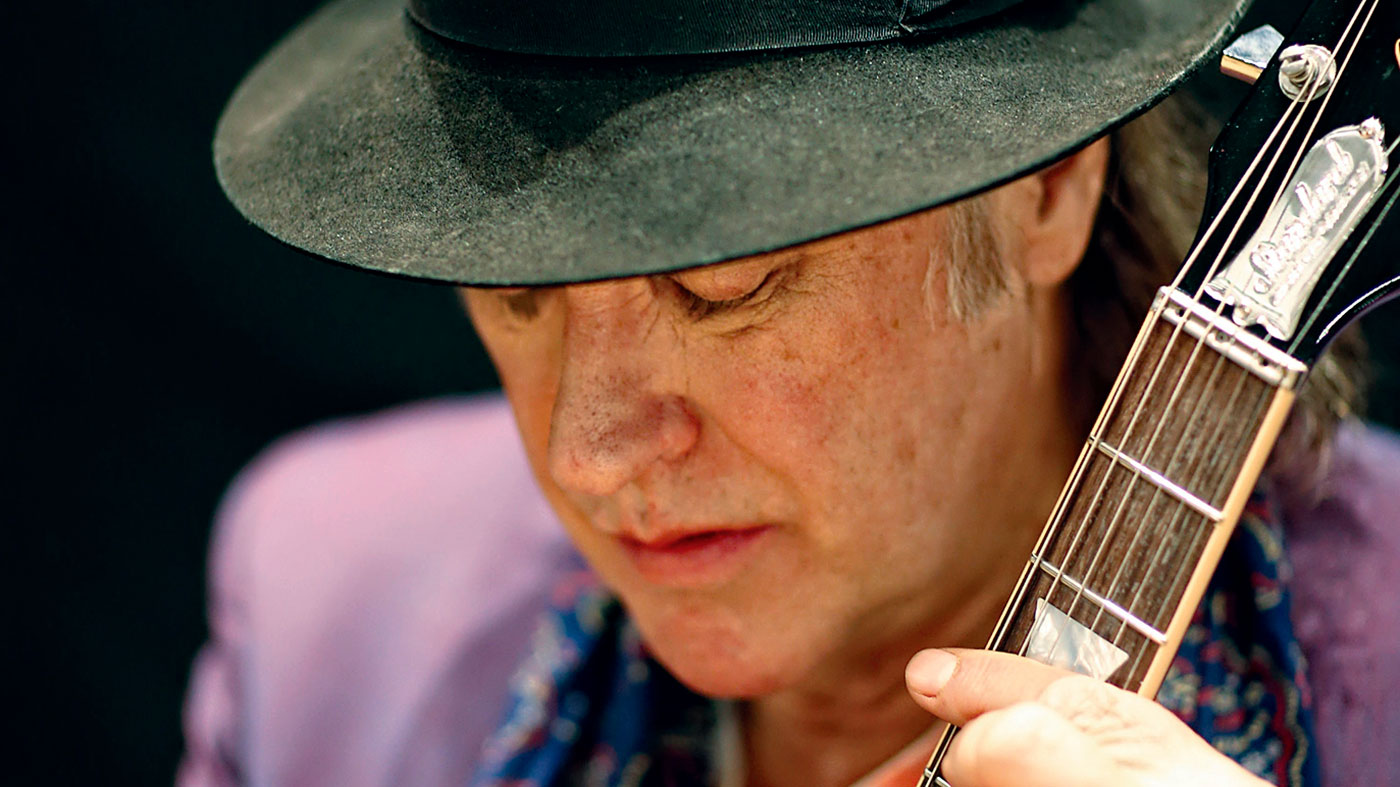
Introduction
The Kinks guitarist returns with a solo album born of a collaboration with his son Russ, where song-based ideas and simple arrangements are key.
Back in the mid-1960s, Ray and Dave Davies made history with what many refer to as the first ‘heavy’ riff. The distorted guitar on You Really Got Me was the result of Dave taking a razor blade to the speaker of his Elpico amplifier and, in this somewhat desperate act, a sound was born. Now Davies has embarked on another project with a family member, teaming up with his record producer son Russ to make Open Road.
“I wanted to do something a bit different with Russ because I didn’t want to make a hard rock album again,” he tells us. “We wanted to base it on songs and nice melodies, and I’m very pleased with it.” Here, he reflects on both past and present.
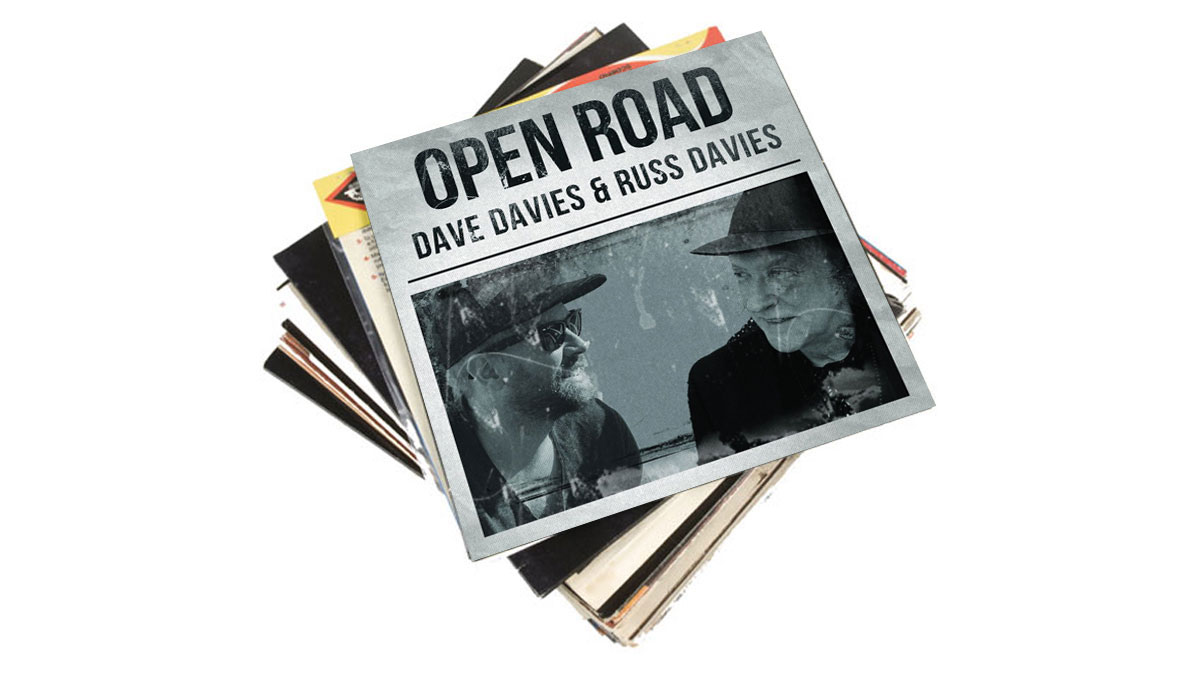
1. Family ties are sometimes strongest
“Russ and I have worked together in the past on different types of projects - we worked together on The Aschere Project in 2011, which was a musical fantasy type of thing. We got together at the beginning of last year, but we wanted to make a rock album.
When people trust each other, you can accomplish things more. It’s an important element in music and creativity
“Russ comes from the ambient world, but he’s obviously very familiar with my work. We got together, threw some ideas together, I sifted through them and added my thoughts and ideas and we went backwards and forwards, like a true collaboration.
“It was a wonderful experience and I really enjoyed doing it. Russ produced the album and he kind of pulled all the elements together at the end, so I’m very excited about it.”
2. Trust can push you forward
“Sometimes you have that sort of relationship with certain people in your life and, particularly with family members, you know what each other is thinking. Russ and I always had that kind of connection, like me and Ray had in the early days.
“There was a line that Russ put into one of the first tracks on the album, called Path Is Long, and he suggested the line, ‘You and I, we need to trust…’ and that really hooked me into the spirit of the album. When people trust each other, you can accomplish things more. It’s an important element in music and creativity; when you feel safe in an environment, you can achieve a lot.”
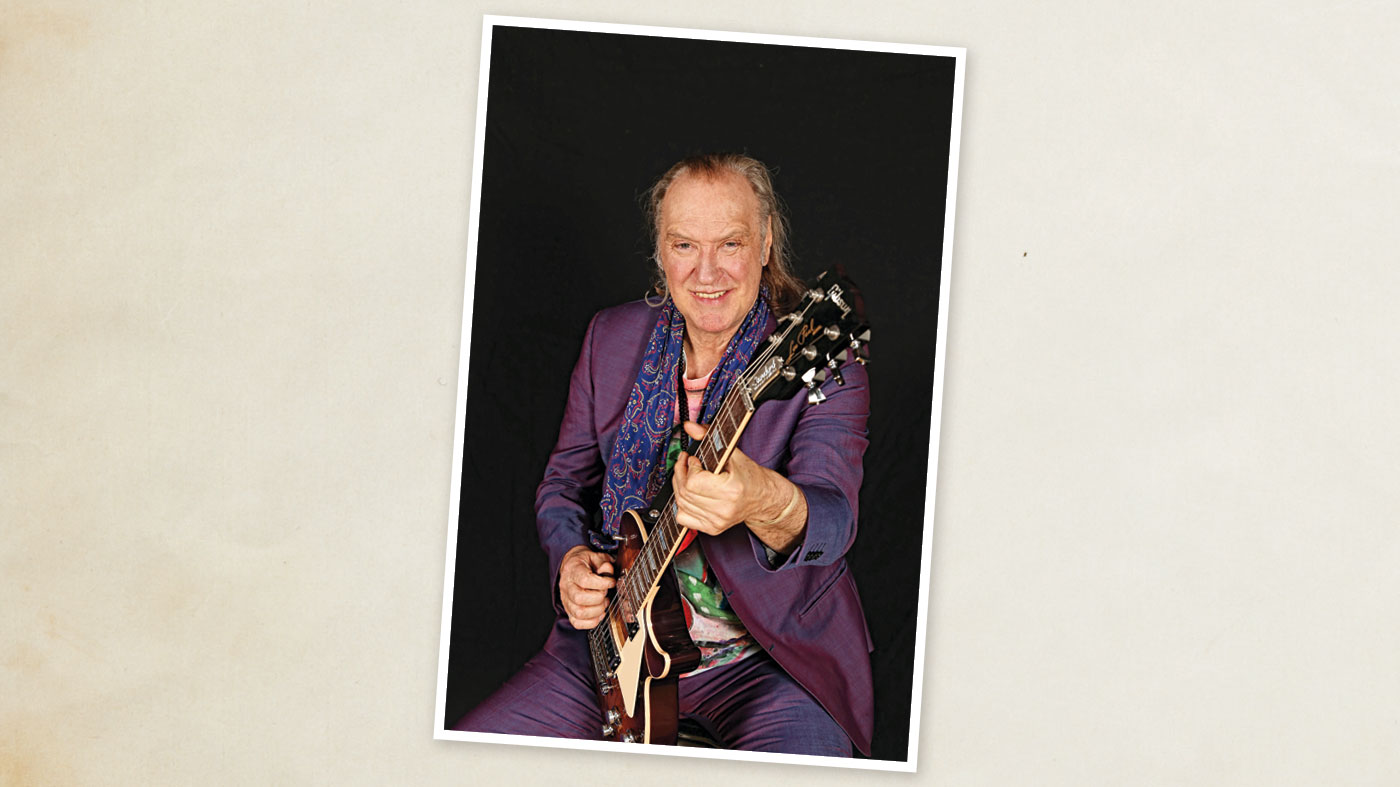
3. Always aim for the simple essence
“It’s sometimes a lot harder to create simple pieces of music or ideas than it is to create complicated ones. I think that together we carved out a poignant simplicity, which we both love and appreciate.
Instruments do that; they sometimes talk to you. When I saw the Nighthawk, I thought, ‘It’s asking me to play it’
“Sometimes you can say an awful lot more by saying less - it’s an old adage in music, that ‘less is more’ thing, and it’s so true, with lyrics as well as music and arrangement. We tried to keep the arrangements tighter and simpler because it sometimes has more effect than lots of instruments.
“Sometimes it’s best to step back and say, ‘What have we really got here? What are we trying to say? Let’s just go for the essence of the thing, rather than clutter it with too many ideas.’”
4. The right instrument will talk to you
“I’m well known for playing a Flying V from the early days, but I didn’t use one on the album; I used mainly my Gibson Nighthawk. I just walked into the Gibson showroom one day, about four years ago, and there was a Nighthawk among all the guitars they had on stands. I looked at this guitar and it spoke to me.
“Instruments do that; they sometimes talk to you. I thought, ‘It’s asking me to play it.’ It takes me a long time to get used to a new instrument or even software - all kinds of things. So I grew to love the guitar, and even now, sometimes it’s on a stand and I’ll just stare at it. It’s really funny.”
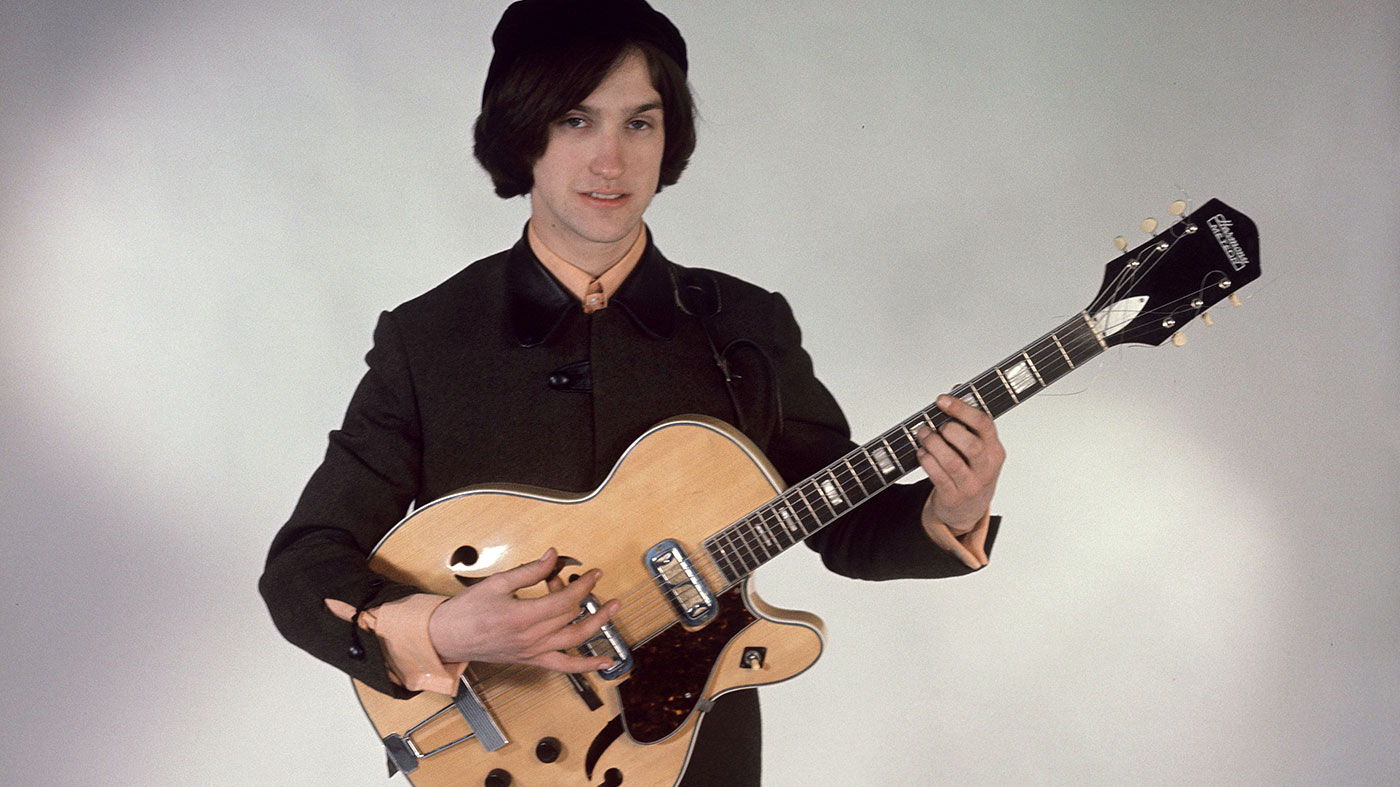
5. Technology from any era is viable
“I like Mesa/Boogie; I use a Mesa/Boogie Dual Rectifier, I think they’ve got a great sound. I like to use a Marshall cabinet that has got Celestions in… I don’t know which ones because I’m not really up on technical stuff.
My first electric guitar was a Harmony Meteor with DeArmond pickups, and it used to scream with feedback. That was my first love
“The Mesa/Boogie sounds great when you crank it through those speakers. I’m not very nostalgic about instruments or gadgets, but obviously there are advantages with certain vintage equipment like the old tube amps.
“I thought the Mesa/Boogie Mk II was one of the best-sounding amps I’d ever heard. I liked the Gibson Maestro phaser, and for many years I used a Roland Space Echo in the studio - it was kinda very Star Trek!”
6. Recognise the merits of analogue & digital
“My first electric guitar was a Harmony Meteor with DeArmond pickups, and it used to scream with feedback. That was my first love.
“There’s something about a semi-acoustic body; it’s just a small box, but I’d love to get hold of one now and see how it stands up to modern amps and modern guitars. I’m quite happy with modern technology, really.
“You can get some really good plug-ins and stuff, and people say, ‘You can’t beat analogue,’ but I think that when you’re a musician and a creative person, you want to try everything out, and if it works, it works. So I’m not a purist in that sense; I’m a purist in how it makes me feel and where it’s going.”
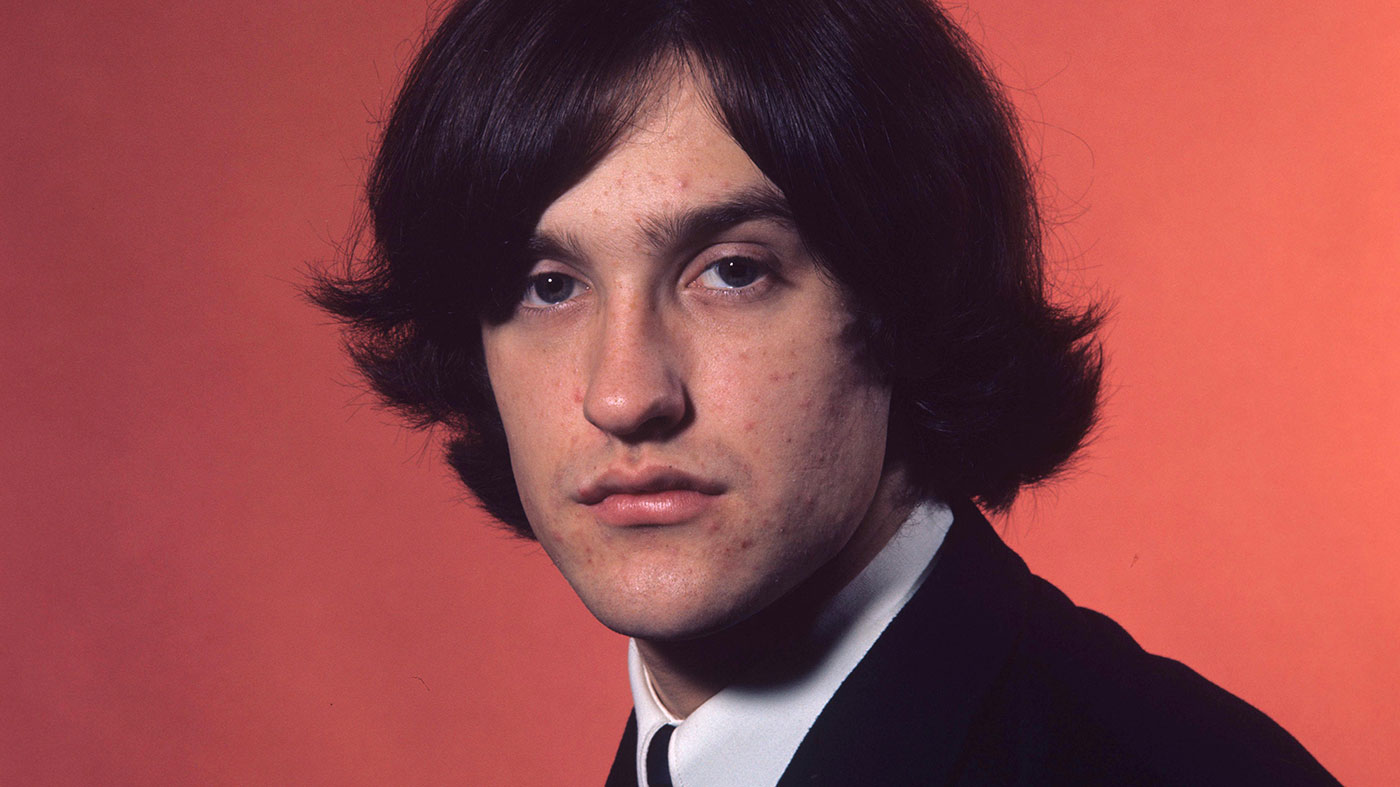
7. Extreme measures can make history
“All those years ago, Ray had the riff to You Really Got Me. I came across this little amplifier that was in a radio shop two doors up from where we lived in Muswell Hill.
I wish I still had the Elpico, but it got lost in the mists of time. I don’t know where that went
“It was a 10-watt Elpico amp, and I plugged it in and I couldn’t get a sound out of it. I’d had an argument with my girlfriend that day, so I was feeling in a bit of a mood as well, so I got hold of a razor blade and I just slashed the cone.
“I don’t know what I was thinking! I didn’t expect it to work, but I plugged it in and it came out with that raspy, edgy, distorted sound and I thought, ‘Wow!’”
8. Be a pioneer in the studio
“I wish I still had the Elpico, but it got lost in the mists of time. I don’t know where that went to or where it ended up. We plugged it into an AC30 and that made the sound even louder, but the mains hum was awful. So we had a lot of problems when we went into the studio.
“Engineers were looking aghast, thinking, ‘How are we going to record this noise? What a racket!’ and [Kinks bassist] Pete Quaife was one of the first bass players I heard to use distortion as well, because he used to crank the amp up so much in competition with my sound that he used to get that really dirty, fluffy, horrible bass effect.”
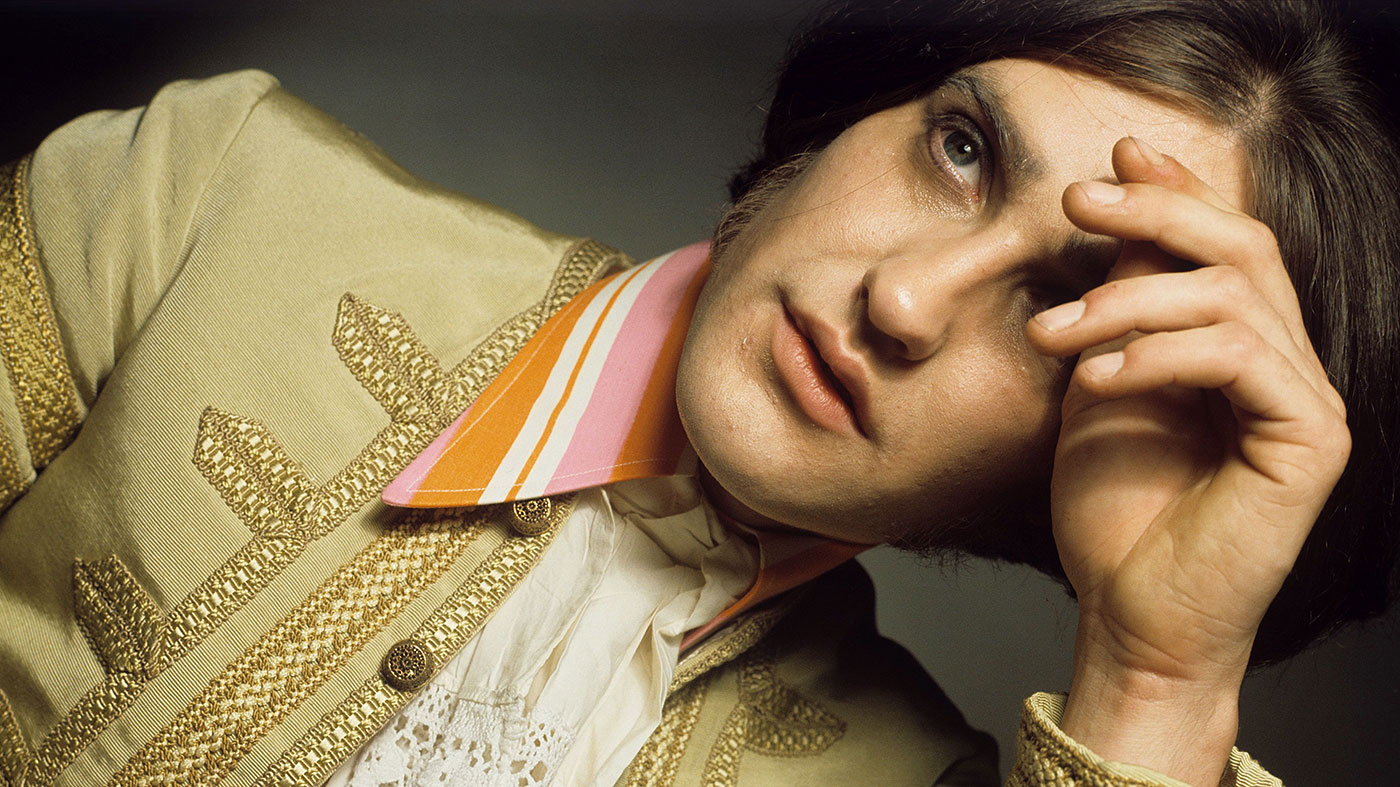
9. It always pays to experiment
“On You Really Got Me, the overall sonic excitement was born out of experimenting with riffs and that modulation that Ray thought of, going from G to A.
“Everything before that, all the old blues stuff, was basically 12-bar, and this wasn’t a different concept - it had already been used in music, especially jazz, many times, when you modulate up to another key.
When you’re playing, you’re not just playing what you play - everything’s pulled together in your head and your heart
“The only other band I heard do that was The Ventures. They had a B-side called No Trespassing - I think it was the B-side to Perfidia. It goes from Ab to A and G - and, in my mind, as a young kid, that was like a great leap.”
10. Style can win over technique
“I think it’s important to reflect on relationships that work for you and what they’re doing now, and are they the same people that I knew?
“These are all really poignant emotions that we all go through, I’m sure. But everything is drawn from everything else, isn’t it? When you’re playing, you’re not just playing what you play - everything’s pulled together in your head and your heart, and that’s how we develop style.
“Style is more important than music in a way, because if you get too bogged down in technique, you don’t leave yourself open to the happy accidents that crop up every so often.”

